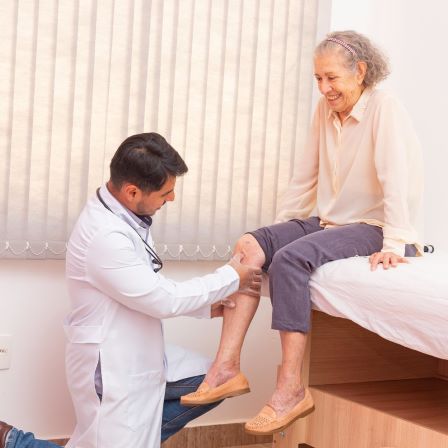The knee joint contains two wedge-shaped pieces of cartilage known as menisci, which help stabilize the joint and act as shock absorbers. Meniscal tears are a frequent knee injury among athletes, particularly those participating in contact sports. A sudden bending or twisting motion of the knee can result in a tear in the meniscus, which is referred to as a traumatic meniscal tear. The elderly is more likely to experience degenerative meniscal tears as the cartilage deteriorates and weakens with age.

Meniscal tears can occur due to a variety of reasons, including:
Symptoms of a meniscal tear may include pain, swelling, stiffness, and a catching or locking sensation in the knee. A torn meniscus may make it difficult to fully extend or flex the knee, limiting the range of motion.
There are several methods that can be used to diagnose a meniscal tear.
